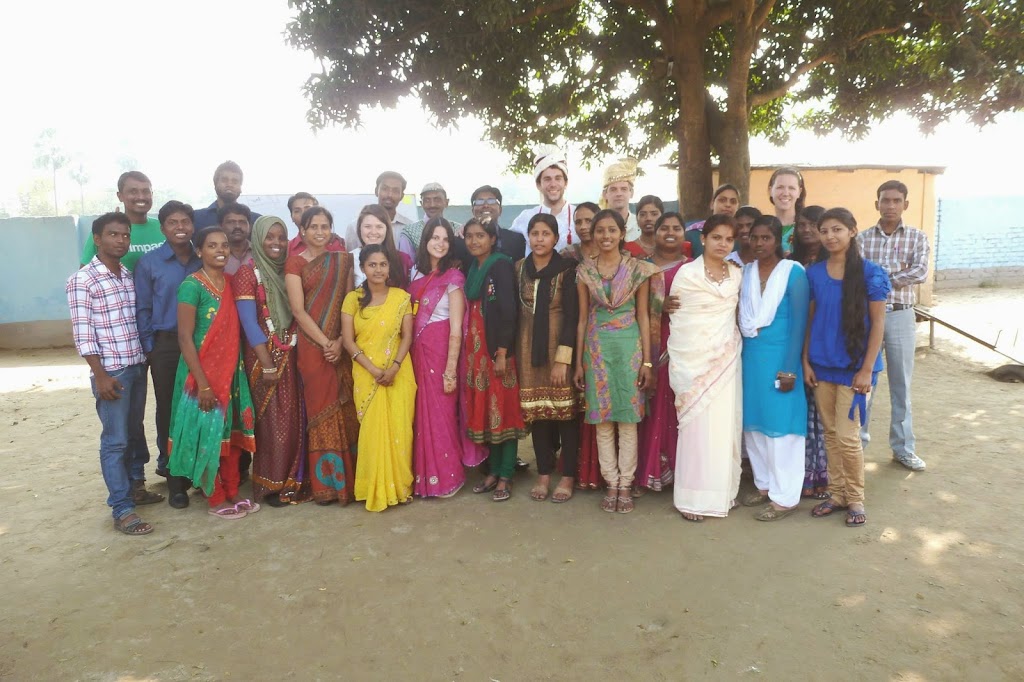Like in many other countries, social media is a major factor in the lives of students in the United Kingdom. For many students, the relationship with social media is healthy and a complement to their social lives; with the right techniques, it can also be a useful and engaging learning tool for those teaching in the UK.
Social media can help kids study
Although it can sometimes get a bad rep for taking up too much of young peoples’ time, there are many ways social media usage can be positive. Teachers have a great opportunity to tap into the popularity of social channels to encourage their students to study. A recent study found that more than 70 percent of students feel that the tech they use for studying should be tailored to their requirements and preferences though social media feeds.
Create feeds and hashtags
Teachers can use social media accounts to centralise knowledge of their classes, making it easy for students to find and learn from. For example, where external channels might not be appropriate, the school may have its own internal intranet system, where pages or interactive areas can be created in which students can share information, learnings, tips and opinions on course content. Twitter is also another popular way to share information with students; using a unique hashtag linked to your class or course is a great way to encourage dialogue and collate class information in one place. The digestible nature of Twitter can make it an ideal tool for sharing information that students may benefit from outside of time spent in the classroom.
Record missed classes and extra clips of information
Video is a great way to complement lessons. Once upon a time, a missed class meant missing out on a one-time opportunity to learn specific content. Nowadays, popular tools like Periscope and Snapchat can be used by teachers to record and share missed class content. Teachers can also record extra learning materials and tips, as well as bite-sized chunks of key learnings, making them easily and readily accessible to a young audience that spends at least 27 hours per week online. These new techniques help students to engage with learning in a way that is more akin to the digital world they have grown up in.
Encourage blogging to improve written skills
Learning how to write English eloquently and creatively is an important tool for self-expression. Today, students are less likely to write their thoughts down with a pen and paper; more than likely they will take to social media instead. Introducing blogs into your classroom is a great way to engage students through modern technology, whilst encouraging them to express themselves. Not only does blogging help young people to practice their writing skills and expression, it also encourages them to find and engage in hobbies and interests. Having a website where blogs are published also enables excellent blogs to be on display, and helps others to learn from them.
Photo sharing
To today’s young people, photo sharing is a way of life, and is often linked to everyday activities such as eating dinner, meeting up with friends, doing homework, and even doing household chores! Practically anything is being visually shared online, particularly through Snapchat. Although it might not be practical for your school to have its own Snapchat account, there are other ways you can bring this culture into the classroom, such as through more “traditional” photo sharing apps such as Flickr. Flickr allows users a certain level of engagement, whilst also providing a simple and vast platform through which to host various images. It is easy to set up a Flickr account and this can have many benefits for students. For example, you could encourage students to use it to put together albums that supplement various aspects of their curriculums. It could also be used to help students share useful images that they have either taken themselves or found online.
Be mindful of over-usage
Whilst social media in the UK is undoubtedly popular, there is also a real risk of danger from excessive use, such as becoming addicted, losing sleep, lack of concentration on studies, lack of self-esteem – and many more. In fact, recent research in the UK found that one in five students are losing sleep due to excessive social media use at night. The report, which surveyed more than 900 pupils between the ages of 12 and 15, even found that a significant number of young people are waking up in the night to check their social accounts or send messages. While teachers can’t ultimately control how their students use social media outside of school hours, they do have an important role to play in helping young people to healthily manage their use of social media during the day.


